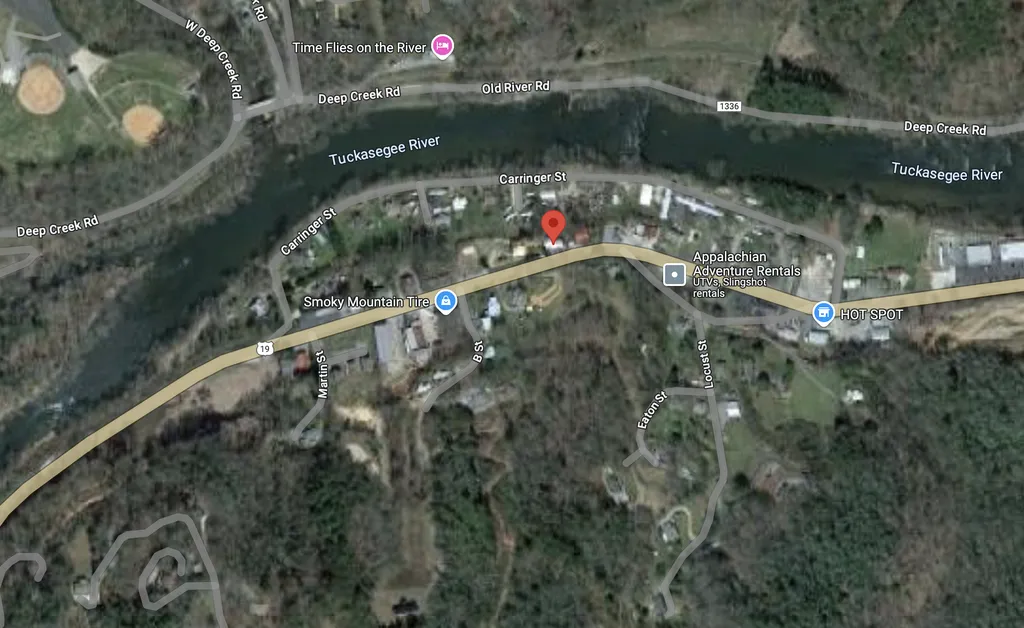Fall brings a surge of activity for farmers as they harvest crops, haul grain, and move hay across sprawling fields. But the seasonal rush also creates vulnerabilities—expensive machinery left in remote locations becomes an easy target for thieves.
Farm equipment theft is a persistent and costly problem, according to Simer Virk, a precision agriculture specialist with Alabama Extension at Auburn University. “New tractors can cost hundreds of thousands of dollars, and even insured losses mean significant time and money to replace stolen machines,” Virk said. The National Insurance Crime Bureau reports over 1,200 special equipment thefts—including tractors—each month in the U.S.
Smaller equipment, like ATVs and utility vehicles, is particularly at risk. “They’re easier to move and resell,” said Aaron Wells, an agronomic crops agent with Alabama Extension. “Thieves look for quick, high-value targets.”
**Preventing Theft Through Simple Measures**
Both experts emphasize deterrence as the first line of defense. Storing equipment out of sight, behind locked gates, and removing keys can discourage opportunistic theft. “Don’t leave machines parked where someone could just drive off with them,” Wells advised.
For high-tech equipment, such as spray drones, Virk recommends securing trailers with locked compartments. “If you’re transporting expensive gear, make sure it’s not easily accessible to passersby.”
**Improving Recovery Odds**
Even with precautions, thefts still happen. Keeping detailed records—including serial numbers—can help law enforcement track stolen items. Many newer machines have built-in GPS, allowing owners to pinpoint their location if activated. For older equipment, affordable aftermarket tracking devices can provide similar protection.
Virk cited a case where a stolen UTV was quickly recovered thanks to a GPS receiver. “Used equipment still holds value, so tracking is worth the investment,” he said.
**Community Vigilance Matters**
Beyond physical security, farmers can rely on their tight-knit networks. “Neighbors know each other’s equipment,” Wells said. “If someone sees an unfamiliar tractor in a field, they’ll notice—and that can stop theft before it happens.”
While no method is foolproof, making equipment harder to steal and easier to trace reduces risk. “Thieves want easy targets,” Virk said. “The more barriers you put in their way, the better.”

